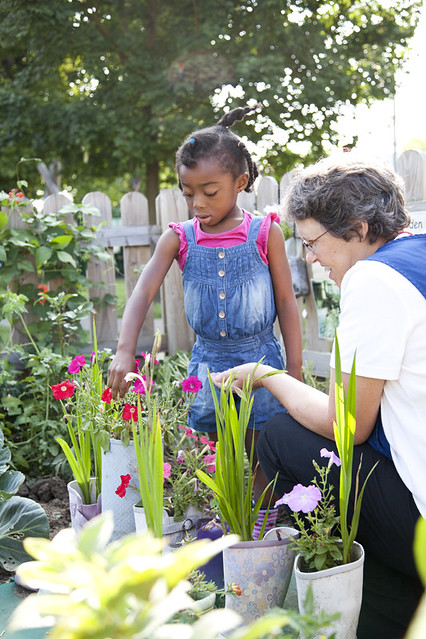
Let’s Celebrate the role of a trustee
Yesterday was Kindness Day, and today we are halfway into Trustee Week, a good reason to thank all trustees and to attract new ones*. Being a trustee is…
February 17th 2014
Yesterday, I enjoyed watching a tranquil almost bucolic scene with rowers rowing up the Thames, families walking with their children and dogs and runners and cyclists cruising along the towpath. It could almost have been a scene from a Turner painting.
It was hard to imagine that only two days before the country was still in the thrall of storms and costal tempests the like of which we have not seen for a long time.
As someone who lives by the part of the Thames controlled by the Thames Barrier, I have been watching with trepidation as more and more of South East England has gone under water. My close friend who lives five miles from me was surrounded by water for nearly three weeks. On Friday, I had to travel to the University of Reading to give students from Henley Business School a guest lecture on social enterprise.
I am grateful to South West trains for getting me there and back without a problem but I was shocked by how much brown muddy water I saw as we travelled through Staines and Egham. It was not a rustic scene.
Last week, I had watched Newsnight from Wraysbury, a place I have only heard of because it is on my commuter train timetable. I listened to peoples’ views and decided at that point that we in Early Years have a significant part to play in this current climate conundrum. How’s that? I hear you say. So now we are climatologists, water engineers and scientists? No, we are Early Years teachers and we have to figure out how we can help prepare our children to become these people. Clearly, politicians are out of their depth and have resorted to playground tantrums.
Dutch engineers were invited onto the Newsnight programme and they talked of changing our approach and working with the river. Stop trying to work against it but understand how to manage it, build more green spaces for overflow, better storage of excess water, some dredging and a whole host of future proofing solutions.
This is what we need to think about for when we are supporting our children become the future managers of our environment. Let’s begin with arguing for more green space not building over the green belt. Teach our children about their environment and how we are partners with our environment not dictators. Let’s think about ideas such as the living city project.
A few years ago we took our three and four year old children from the LEYF Lisson Green nursery, a highly concreted and busy place, on an environmental walk. We gave them cameras and asked them what they disliked the most: litter, bird guano and dogs were their consistent answers. My point is, they had a view.
So now we need to consider how we get our children to understand about the climate and what that means for them. Simple events can help. For example the LEYF Family Events will be held from 14-23 March to raise parents understanding of how we can grow food and support our children’s interests no matter how urban the environment.
 LEYF Nurseries use methods such as urban forest school, gardening, weather charts, mud kitchens, visiting local parks and green spaces and environmental activities to introduce the idea of the climate and environmental responsibility. It’s a small step and emulated in nurseries all across the country. So colleagues in Early Years, we have seen the country thrown into disarray and confusion by storms, rain and floods. We can be assured this will increase not diminish. Our children will, no doubt, have to face a future of environmental turmoil.
LEYF Nurseries use methods such as urban forest school, gardening, weather charts, mud kitchens, visiting local parks and green spaces and environmental activities to introduce the idea of the climate and environmental responsibility. It’s a small step and emulated in nurseries all across the country. So colleagues in Early Years, we have seen the country thrown into disarray and confusion by storms, rain and floods. We can be assured this will increase not diminish. Our children will, no doubt, have to face a future of environmental turmoil.
Our job is to be aware of these issues and in our own quiet and proactive way to build in an understanding at the earliest age. So when someone tells you that you are just a childminder or a nursery nurse or Early Years teacher, stand up straight and be assured that you are building the future environmentalist, scientists, engineers and climatologists.

Yesterday was Kindness Day, and today we are halfway into Trustee Week, a good reason to thank all trustees and to attract new ones*. Being a trustee is…

If anyone ever asked me what my favourite Champagne was, I would have struggled to answer and probably remark on the benefits of the affordable Prosecco. However, since my recent…
Many of you have broken up this weekend (or broken down!) and the rest of us continue to work flat out until Christmas Eve (another reason to support nurseries designed to…